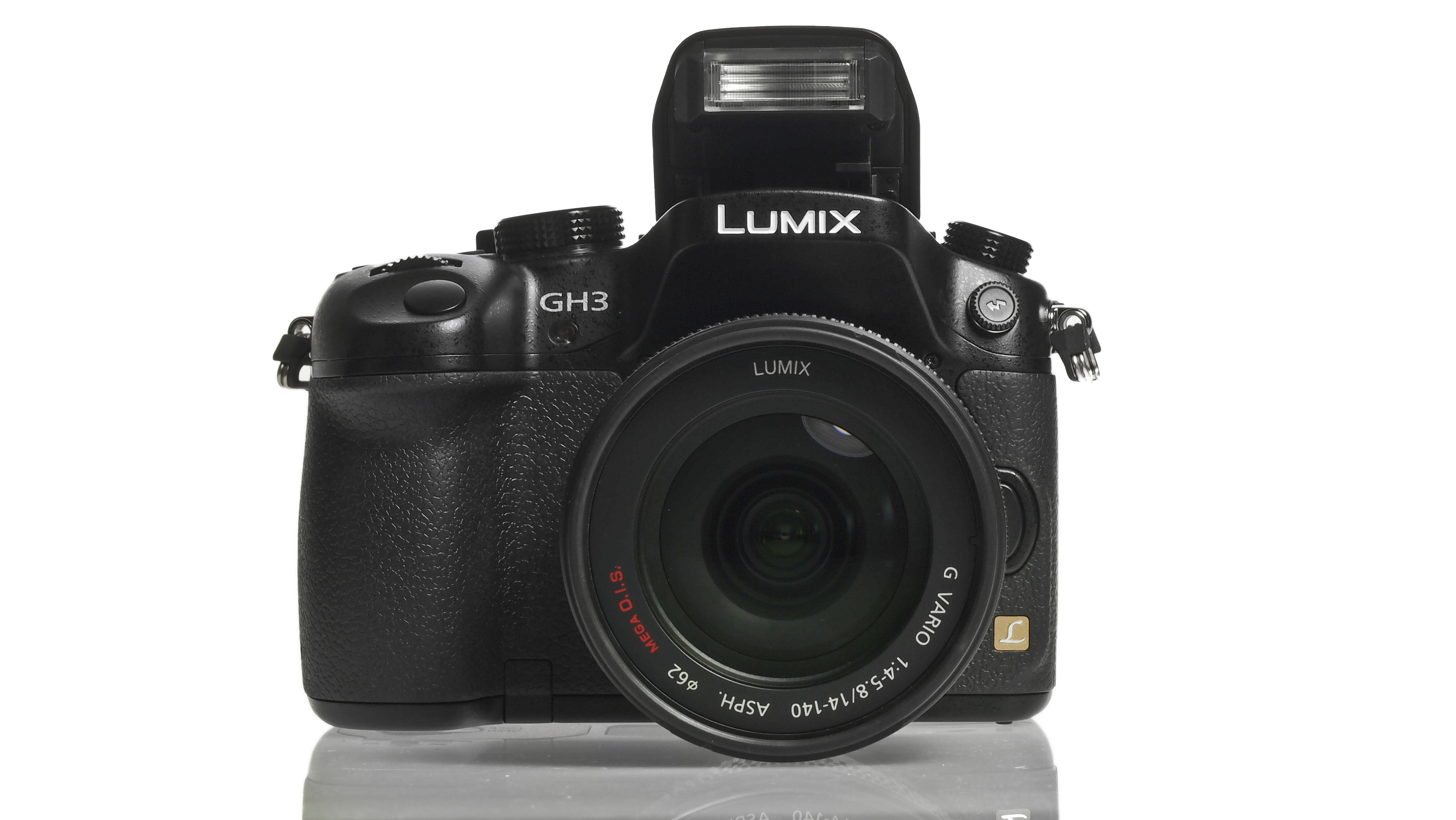Why you can trust TechRadar
These images were taken with a pre-production sample of the camera, and as-such, Panasonic has requested that the images be resized to 5 megapixels. You can still click the link to see a larger version of the image that currently appears on this page.
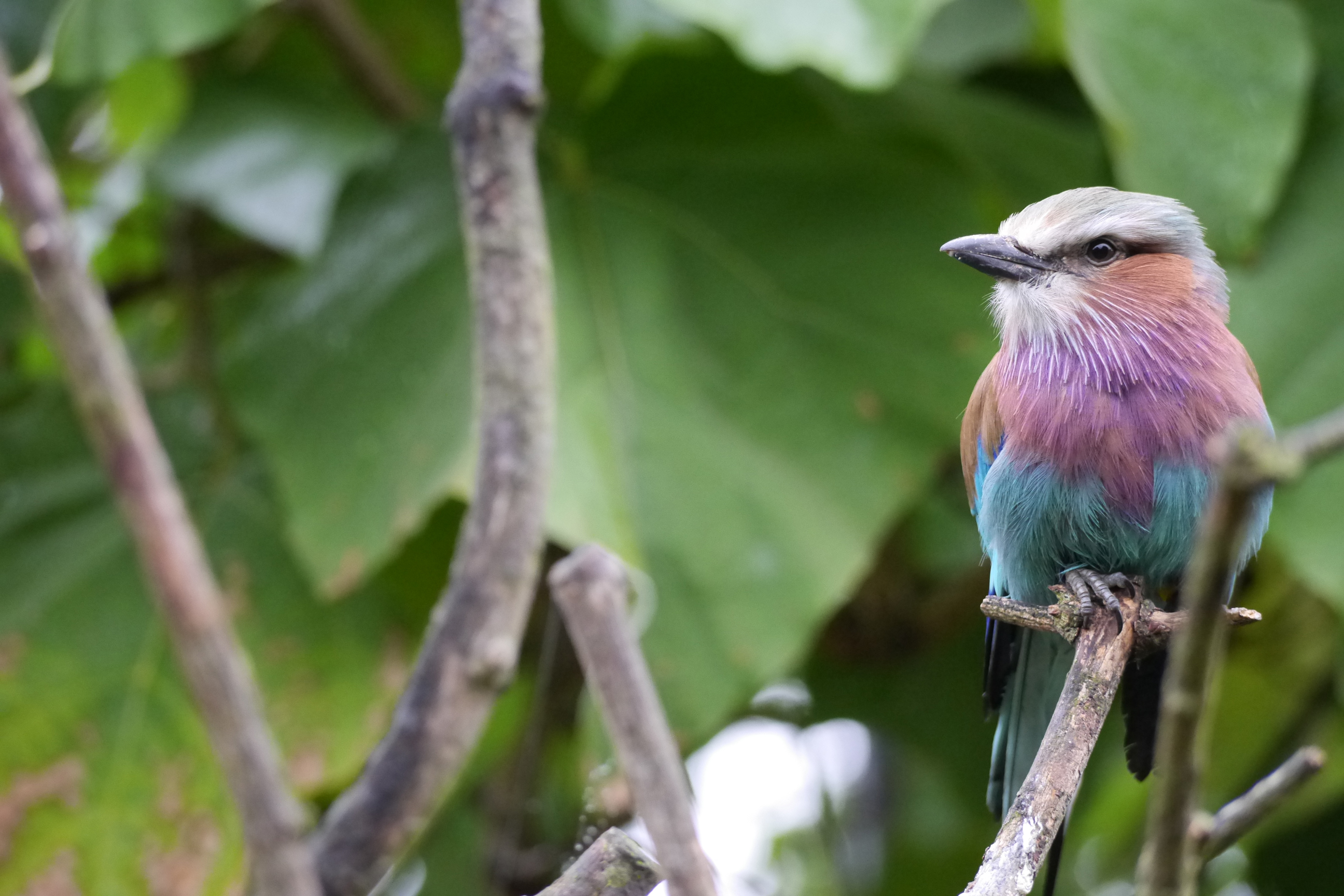
Click here to see a larger version.
Focusing is quick and accurate with the Panasonic GH3. Panasonic claims that it has the fastest autofocus system in the world, something which is really useful when shooting wildlife.
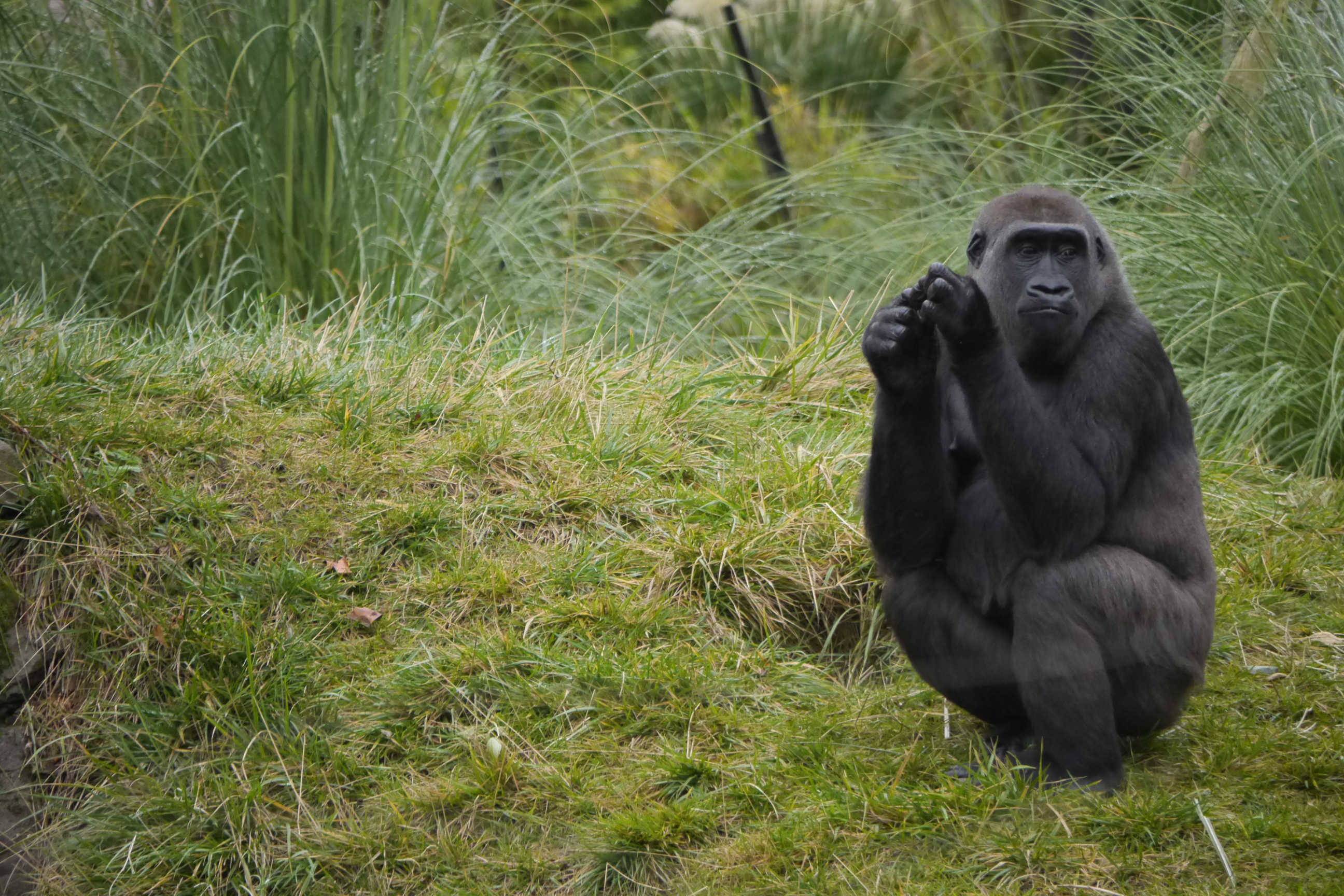
Click here to see a larger version.
A large variety of lenses is available for the Panasonic G system, including very long lenses. Although "only" a 45-200mm optic, because of the crop factor of Micro Four Thirds cameras, this translates to 400mm at the telephoto end, making it arguably more versatile for wildlife shooting than those cameras with larger sensors.
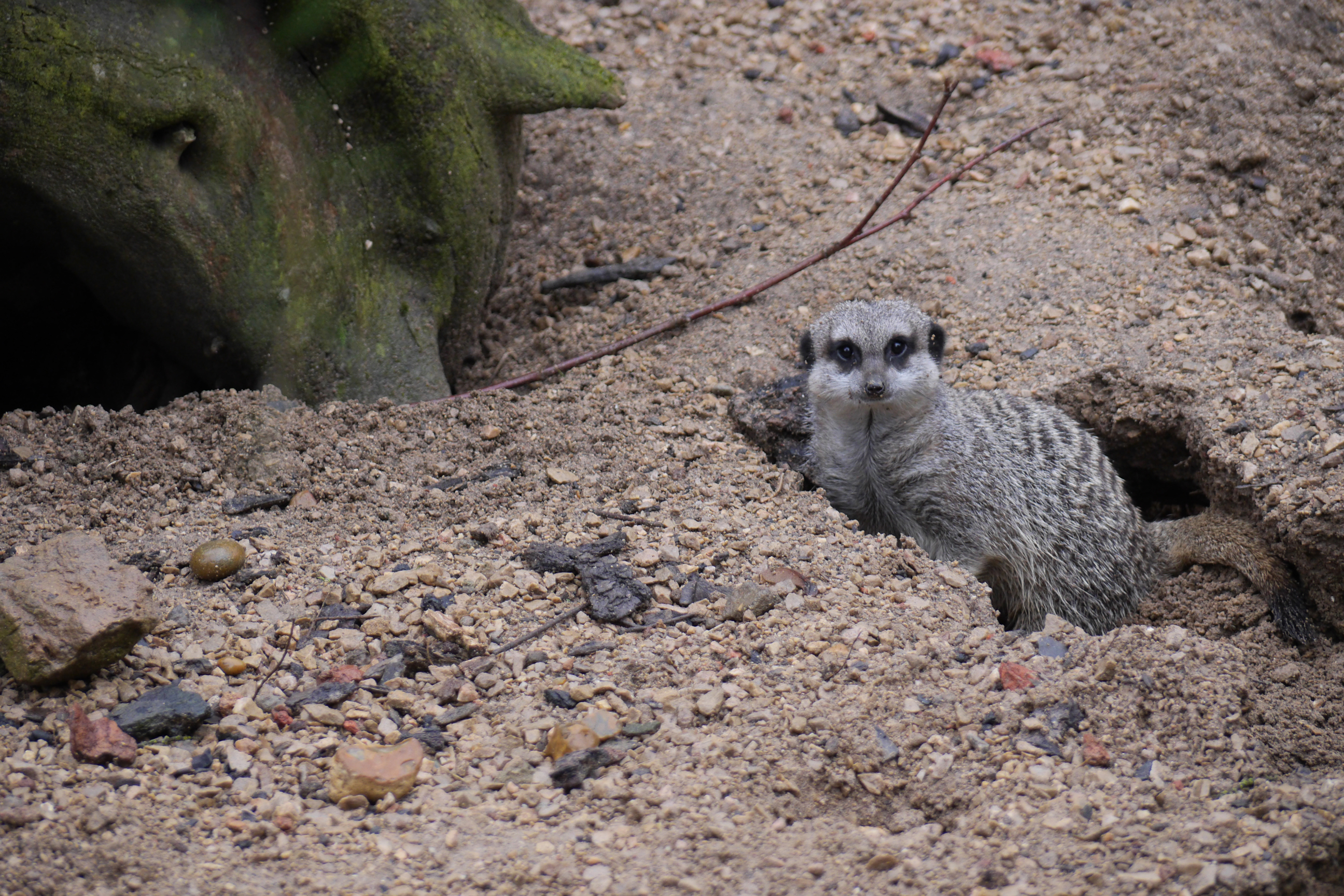
Click here to see a larger version.
You can use either the LCD screen or the electronic viewfinder to compose images on the GH3. When using a long telephoto lens, it can be beneficial to use the larger screen to track quickly moving subjects.
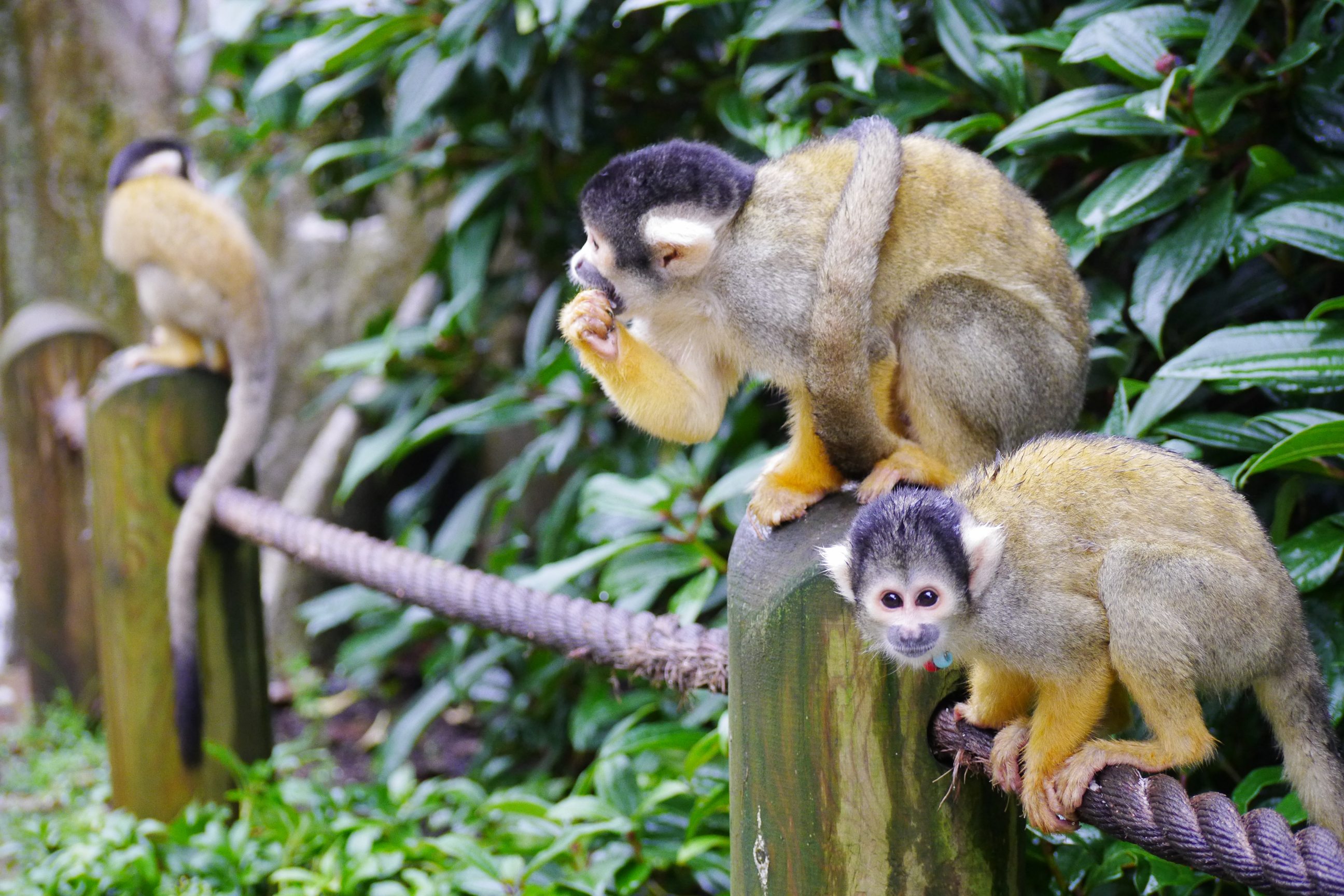
Click here to see a larger version.
Colours are represented well by the GH3, having lots of punch and clarity straight from the camera.
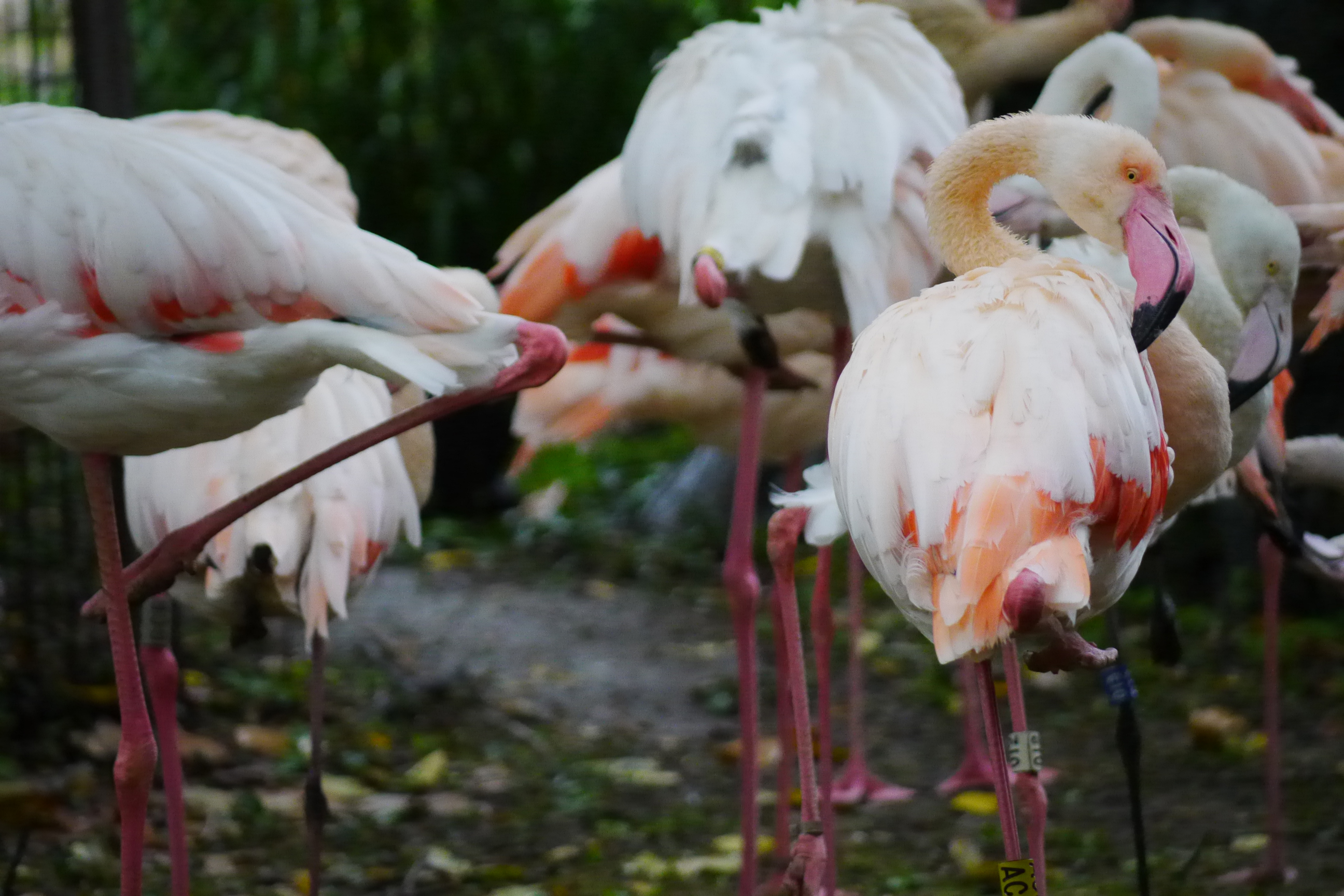
Click here to see a larger version.
The GH3 copes well in dark conditions, still maintaining a quick autofocus speed, and producing images which show a good level of noise control while still maintaining detail.
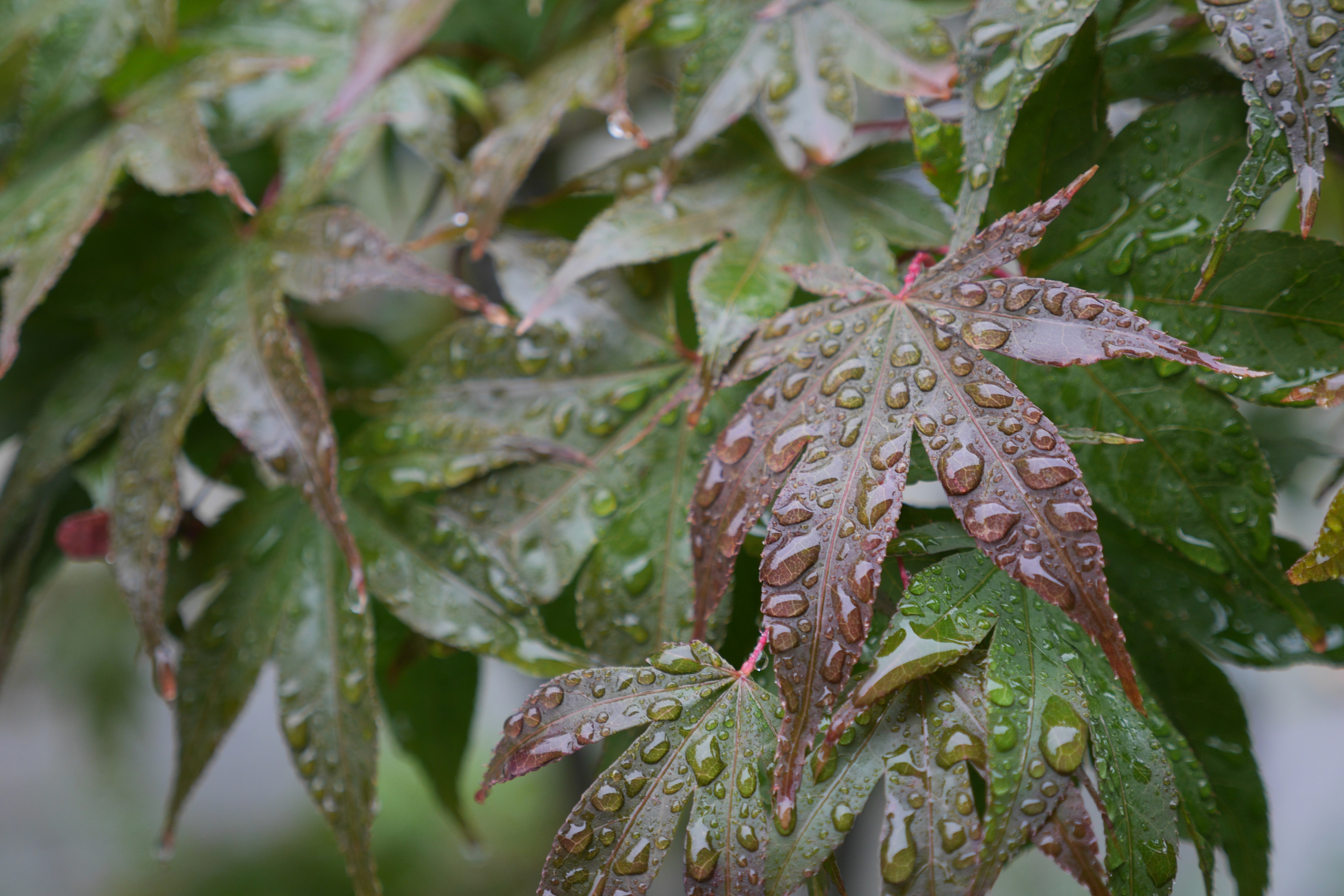
Click here to see a larger version.
Even though the sensor is smaller than those found in APS-C format cameras, the GH3 is still capable of producing pleasing shallow depth of field effects.
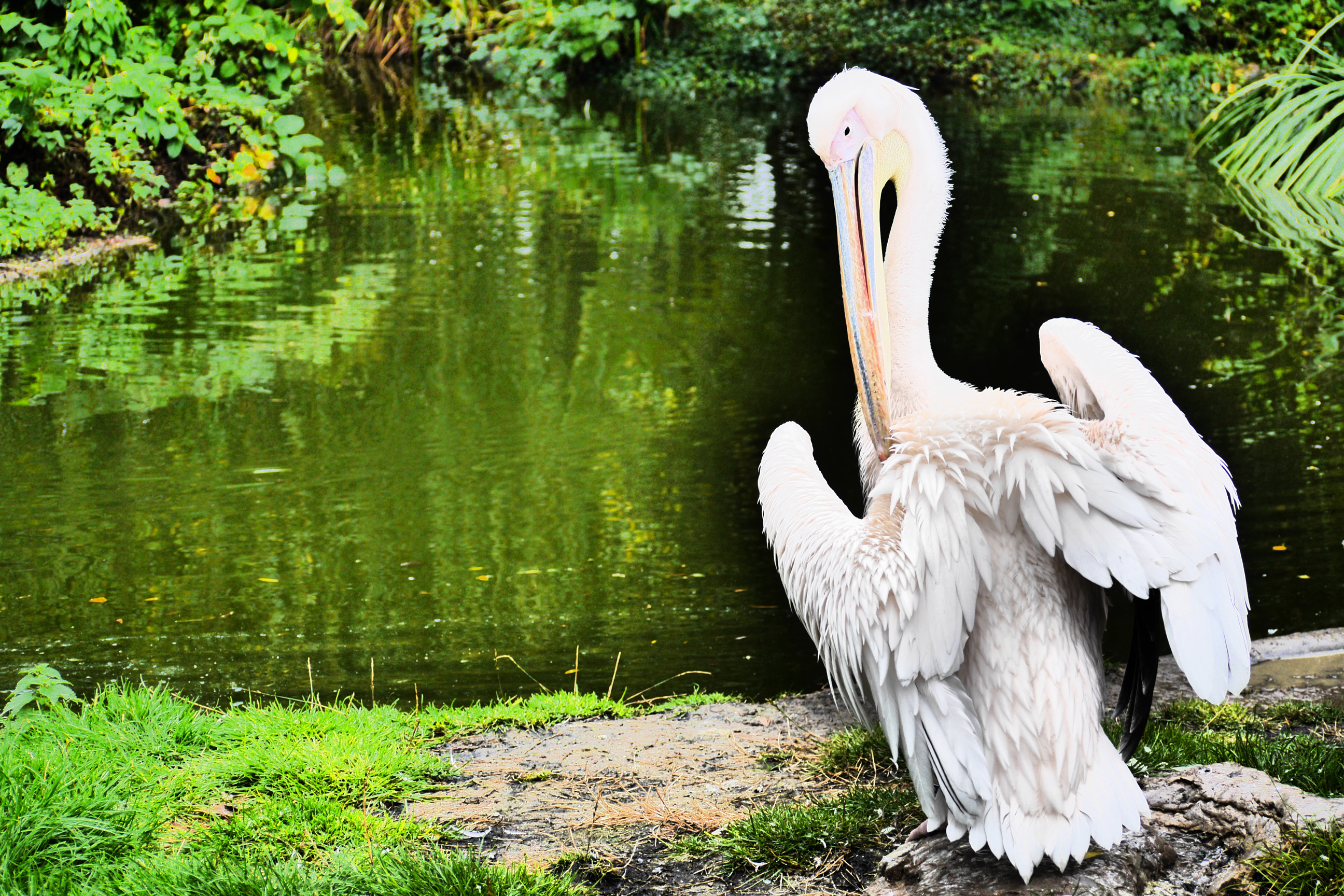
Click here to see a larger version.
Several digital filters are available to use on the GH3. Handily, the images can be shot simultaneously in raw and jpeg, so, should you decide you don't want the filter at a later stage you can roll back to the raw image. This is the Impressive Art filter.
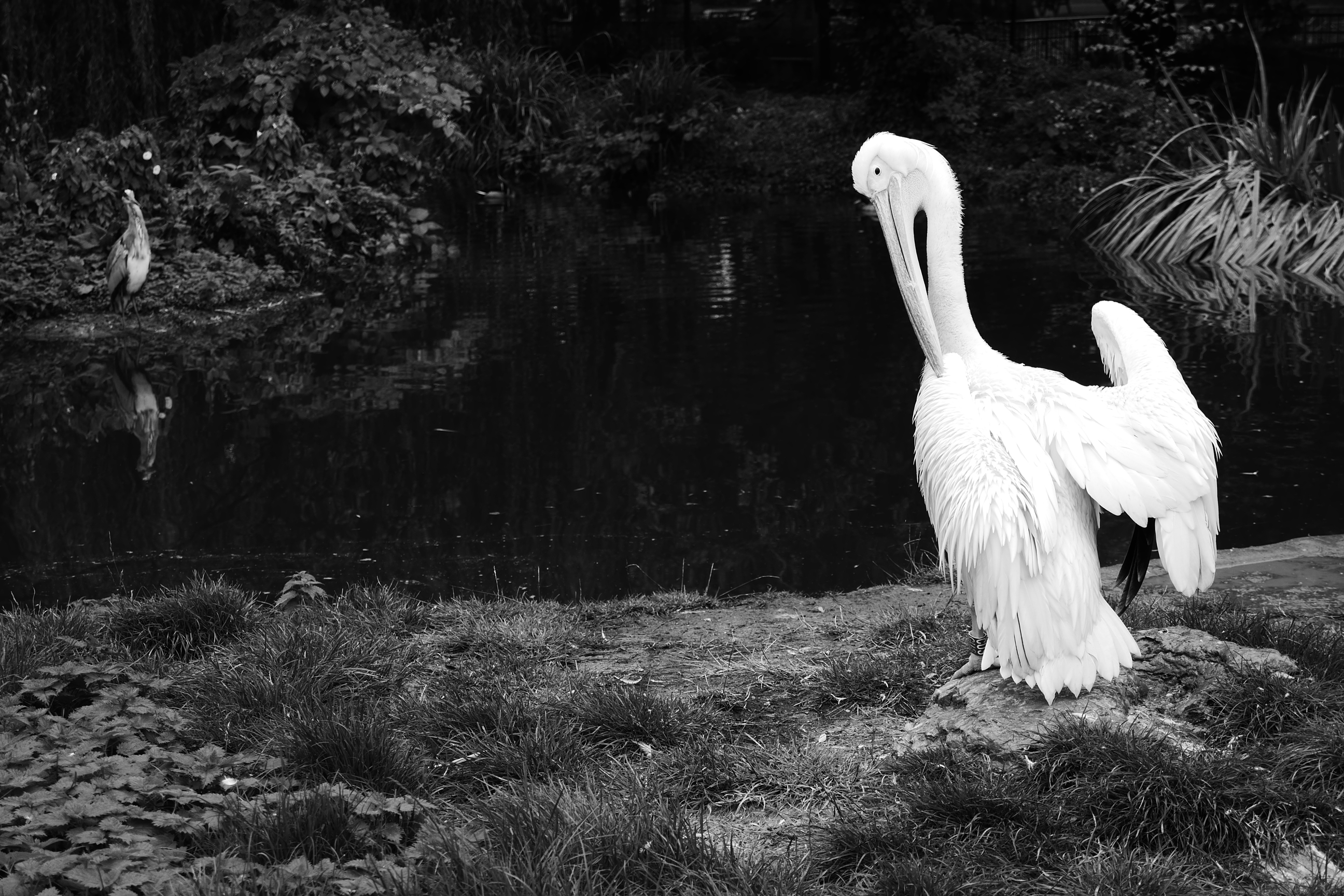
Click here to see a larger version.
Another one of the filters in action, this time Dynamic Monochrome.
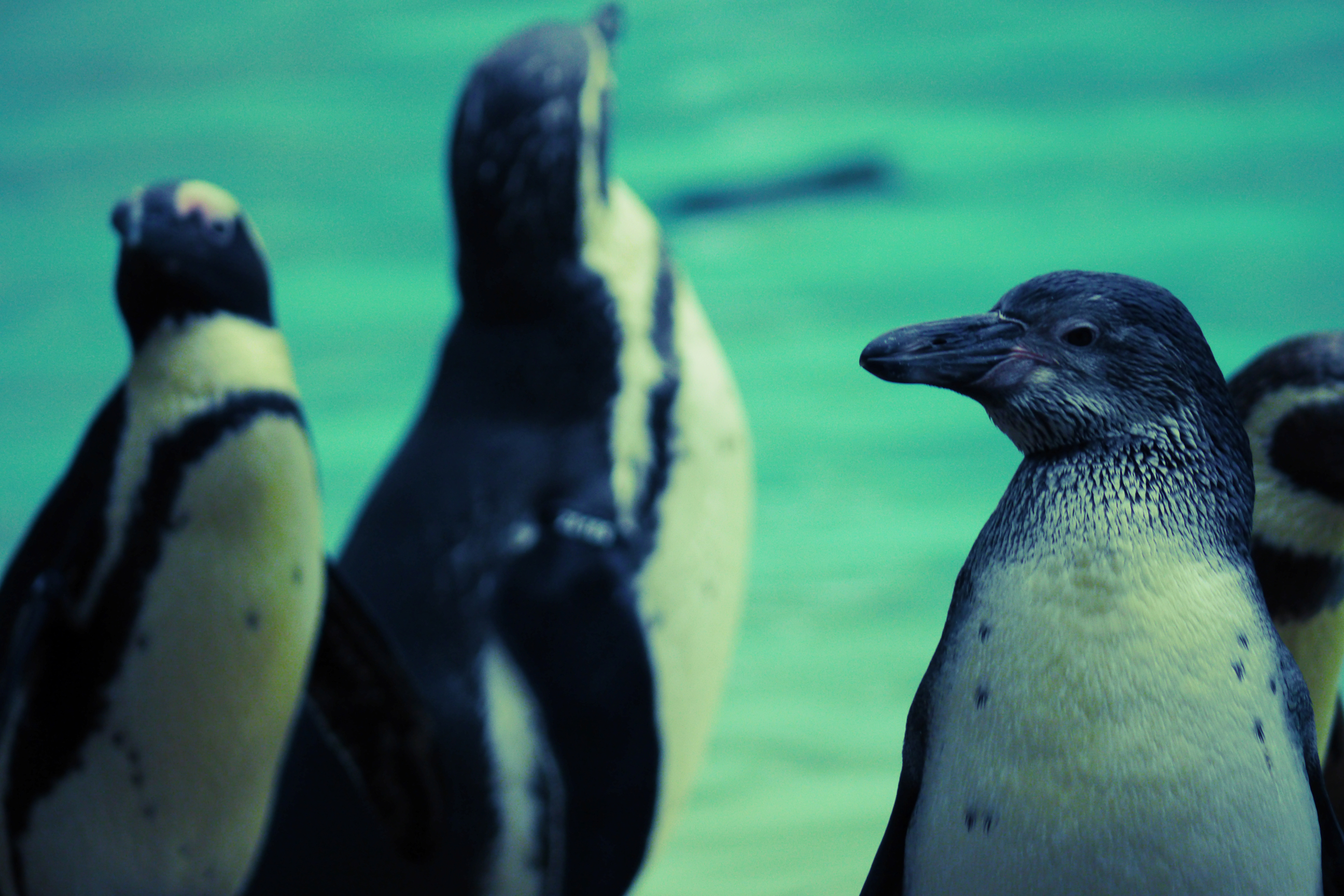
Click here to see a larger version.
Cross Process is another filter which can be deployed. There are several options for using this filter, this image shows an emphasis of green tones, but you can also choose to emphasise blue, yellow, or red.
Current page: Sample images
Prev Page Noise and dynamic range Next Page Sensitivity and noise images